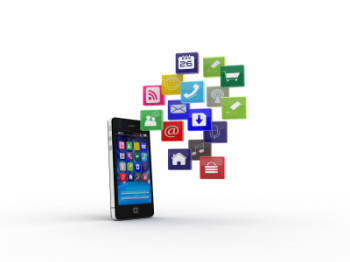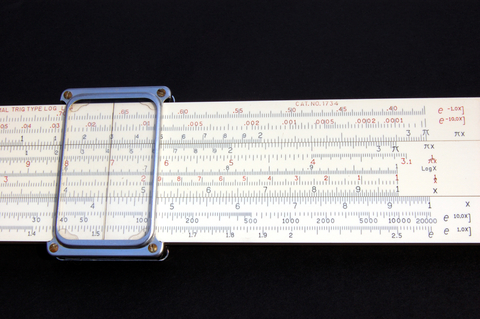Mobile Apps in Education
Mobile apps are truly changing the way we knew education just a few decades back. The ever increasing number of options for education is boosting the development of more and more educational apps. Let’s see how the apps are enticing teachers and educators to revise their teaching methods and how are these effecting our education.
Immediate effect of apps on the learning process:
These days, many schools, colleges, and educational institutions have replaced blackboards with smartphones and tablets in their classrooms. There are apps for kindergarten and university students. There are thousands of education apps that are free; even the paid apps have been designed keeping in mind students’ budgets.
Apps for tablets and smartphones make it unnecessary to carry books to school or college. Most importantly, smartphone and web apps are removing the need for physical presence altogether! Given below is a short discussion on the ways mobile and web apps are changing the face of education.

• With mobile and web technology, education is not limited to the classroom. Students can access information and references even when they are not in class, in absence of a teacher.
• Applications increase classroom participation. An interactive classroom goes a long way in developing students’ communicative and receptive powers. The more studentsy interact, the more they learn.
• There are cloud-based education apps that can help students access and share their assignments and projects. Use of cloud-based technology in education is leading to the practice of paperless homework and study materials.
Types of mobile apps in education:
The technology in mobile apps continues to progress and evolve. There are applications to help students with different aspects of learning. The apps can be categorized according to their functionality and structure.
According to Gartner, Inc. mobile apps can be differentiated structurally as – web, native, and hybrid apps:
• Web: Web-based mobile apps always require Internet to let users access the app and see information. The Web apps allow developers and designers to code all advanced functionality in one environment. The more users interact and engage with a web-based mobile app, the more successful an app will be. Gmail and Facebook are the best examples of Web-based apps.
• Native: The applications that are housed exclusively on the device are categorized as native apps. These applications need access to various features on the phone like calendar, contacts, GPS, and camera. A few of the examples of native apps are Angry Birds, Shazam, and Instagram.
• Hybrid: As the name suggests, this is the category of apps that use both native as well as web features. These are apps that require advanced user interaction and core phone features. Some of the examples are TuneIn Radio and LinkedIn.
Mobile apps can also be categorized by functionality:
• Science Educational Apps: There are mobile apps for students that deal with different aspects of science education. This category of apps includes applications that deal with physics, biology or mathematics, science projects and assignments. The Elements: Periodic Table, SkySafari, and Moon Globe HD are a few of the most popular science apps.
• Apps for Language Learning: These are apps that are designed for students who need help with foreign language learning. These usually include audio, video, and text help to students with the learning process. Duolingo is a famous language learning app, so is Rosetta Course.
• Apps for Dyslexic students: There are apps on the market that have been designed for students with Dyslexia and other learning disabilities. These apps contain special learning guides for students with disabilities. Some of the examples of such apps are Whizzimo and LockBox.
• Apps for classroom education: These apps can enhance classroom learning and help students understand and revise whatever was taught in the classroom. There are apps for every school subject. A few examples are Al Gore – Our Choice and Shakespeare In Bits – Hamlet.
• Apps for educators: Not just for students, there are mobile apps for teachers and educators too. These apps help the teachers learn better education techniques and help them understand the latest education trends better. TeacherKit and Too Noisy Pro are apps that can be beneficial for the teachers.
• Learning apps for kids and elementary school: Not just adults, but kids can also use various education apps today. There are applications that can help them learn various things in fun and interesting ways. A few of the examples are Storia and Tales2Go.
Author’s Bio: Katy is an ESL teacher and also a content writer/ freelancer. Of late, she is also working on an English dictionary. She also works for children with cancer and donates to an NGO.


